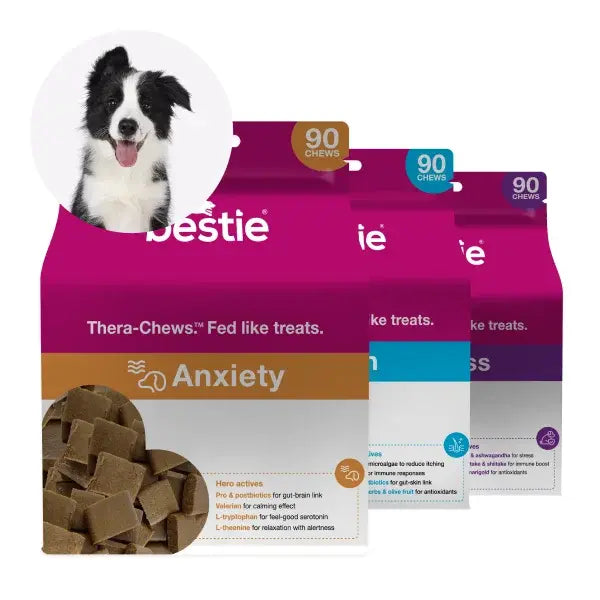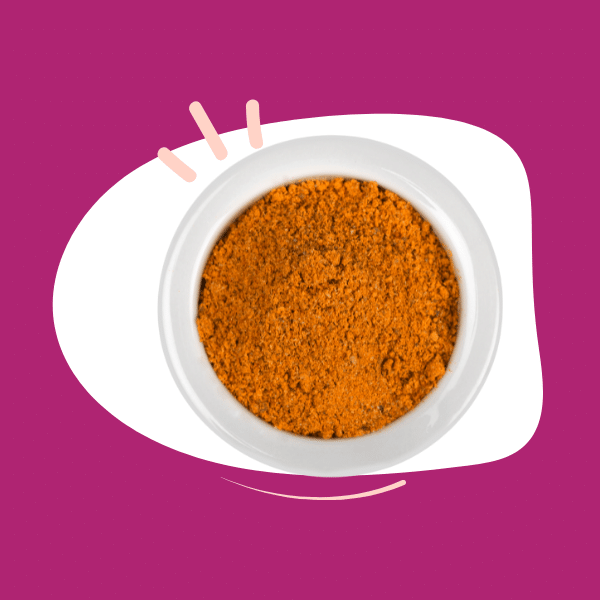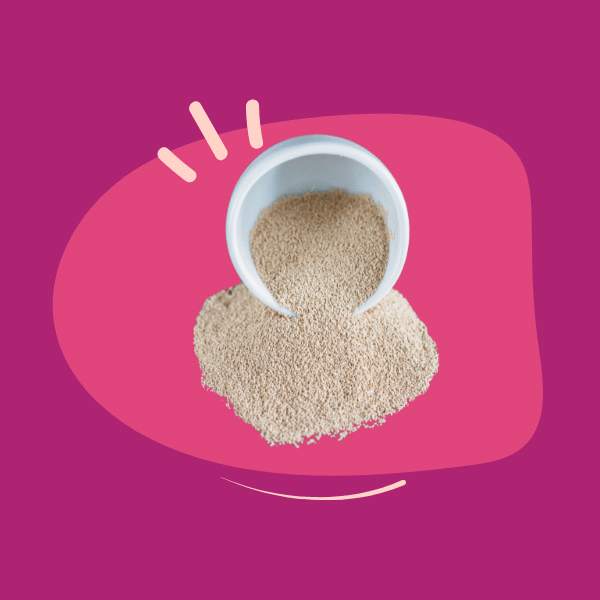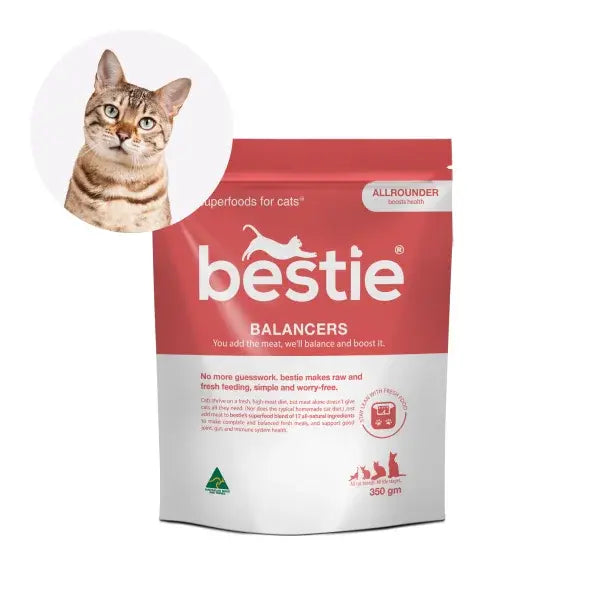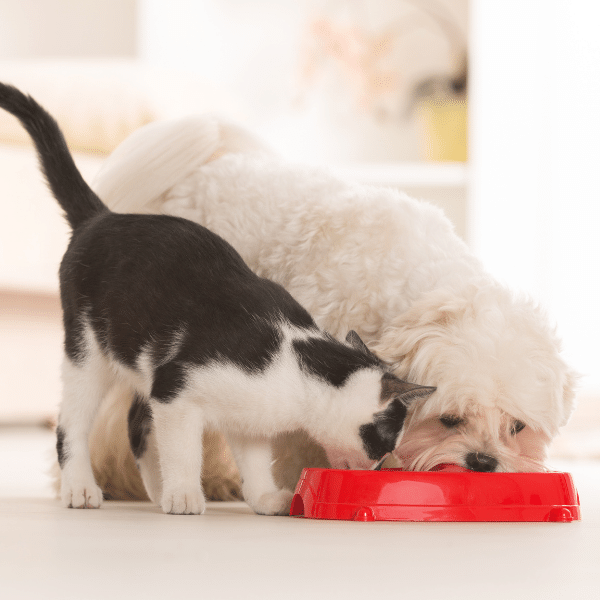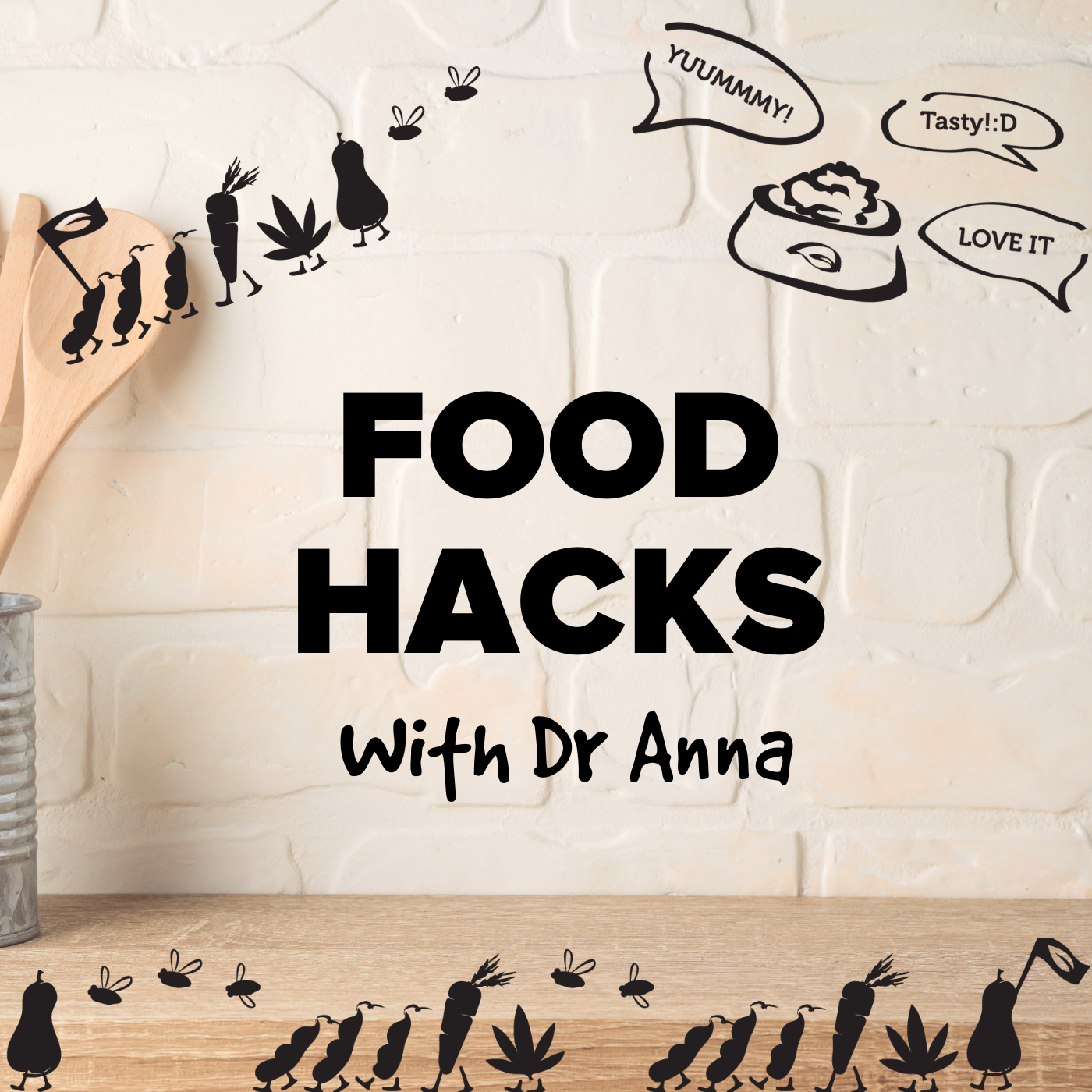Key reasons your cat should eat a raw or lightly cooked high protein diet
In essence, a diet that is high meat, high moisture and fresh, will be healthier for your cat, than standard biscuit-based diets.

- Life expectancy of cats is increasing, and that brings with it age-related diseases like diabetes. Diabetes in cats is now a world-wide problem, as is obesity and chronic kidney disease.
- The hallmarks of type 2 diabetes in both cats and humans are decreased insulin secretion, especially in response to a glucose load, and insulin resistance. Several research [1] studies have shown that low carb diets reduce the need for insulin injections either partially or completely, in diabetic cats.
- In addition, cats are obligate carnivores adapted to high-protein diets, but are commonlyfed diets rich in carbohydrates. We know from research [2] though, that when cats are able to ‘self-select’, they preference high meat protein diets.
- They select based on fitness and reproductive health and regulated their macronutrient intake to have a diet composition of 53% of ME as protein, 36% as fat and 11% as carbs.
- Research[3] also shows that cats drink more water when offered dry diets (vs when eating wet), but they don’t drink amounts that would compensate for the significant reduction in moisture content of these diets. However, when fed high moisture diets urinary tract health improves and weight is reduced.
- Finally, recent research[4] showed that cats on a kibble diet vs a raw meat* diet had lower gross energy, protein and fat digestibilities, lower microbiota diversity and more faecal output ie poo!
Raw or cooked? The Pottenger study
There’s a famous dietary study done with about 900 cats, between 1932 and 1942, by a human doctor, Francis M. Pottenger. For several generations, one group of cats was fed a completely raw diet – meat, bones, milk and cod liver oil. Other groups were fed the same foods completely or partially cooked.
The results were astounding. In summary:
- Cats on the entirely raw food diet were completely healthy and never needed veterinary attention.
- The cats on the cooked diet had a series of health problems – bladder inflammation, skin disorders and mouth and gum issues. With each generation their dental arches became more and more deformed, and their skulls became thin. In just three generations their bone density fell to 3% of the calcium of the healthy cats. In the same time, they’d deteriorated until they could no longer reproduce.
- It took three to four generations on an all-raw diet, for cats to recover tooth and jaw formation, skeletal structure, and health.
Pottenger went on to conduct other studies with cattle, chickens and guinea pigs to test the difference that cooking makes.
While Pottenger did not study the impact of raw vs cooked feeding on dogs, we infer that cooking is generally less beneficial for our dogs than raw. However if your dog doesn’t like raw, light cooking, at low temperatures is the next best thing.
(We have come across other research that suggests the difference in digestibility between raw and lightly cooked, is minimal.)
Key reasons your dog should eat a raw or lightly cooked high protein diet

- Fatdelivers most of the energy a dog needs, as well as essential fatty acids.
- Protein provides essential amino acids.
- Proteins from animal sources provide the highest quality protein; plant proteins don’t provide all the amino acids a dog needs in the right proportions. Not only that, but the availabilityof amino acids each protein supplies can be different; that’s known as biological value. For example, eggs have a biological value of 100, beef, 80 and wheat, 55.
- The digestion coefficient expresses how the protein is best utilised in the body, and it depends on the protein source as well as how it’s processed. For example, protein from raw red muscle meat is highly digestible, around 94% compared to the digestibility of 78% in beans and 86% in whole wheat[2].
- In a research study done with adult Beagles, comparing commercial diets and fresh mince, the fresh mince had a significantly higher digestion coefficient than the commercial diets.[3]
- The remainder of the diet needs to provide essential minerals, vitamins and water.
- Healthy dogs don't need dietary carbs. Dry biscuit diets are typically higher in carbs than raw.
- Research shows that the ‘gluconeogenic capacity’ of a dog’s liver and kidney is adequate to supply their needs for glucose – even as puppies[1]. That means that dogs have no nutritional requirement for dietary carbohydrates. We also know that high-carbohydrate diets are a key factor in dog obesity.

- Retaining lean muscle mass
-
In fact, studies show that high-protein, low-carb diets may also be key to weight loss and management[4]; with these diets, weight loss is driven primarily from an increased loss of fat mass while maintaining lean muscle mass.
-
Low carbohydrate diets also help stabilise blood glucose levels throughout the day, preventing the hypoglycemia after a high carbohydrate meal that causes hunger.[5]
Not all proteins are equal
In a story that illustrates the effect of different proteins, The IAMS™ Company examined how the type of protein in a diet affected body composition of adult and senior dogs.
Adult and senior dogs were fed diets with varying amounts of protein from chicken and corn-gluten meal, and their body composition (muscle versus fat tissue) was analysed. In addition, levels of key blood and muscle proteins were measured.
Compared with dogs fed a diet with 100% chicken protein, dogs fed diets with decreasing levels of chicken and increasing levels of corn-gluten meal had the following:
- Decreased lean tissue
- Increased body fat
- Decreased levels of blood proteins routinely used as markers of superior nutritional status
This was independent of the overall dietary protein level (12% or 28%), which was also examined in each of the four test groups.
In another study conducted with senior dogs, those fed the higher chicken protein, chicken-based diet had better body composition and a muscle-specific protein pattern identical to that in healthy young-adult dogs.



